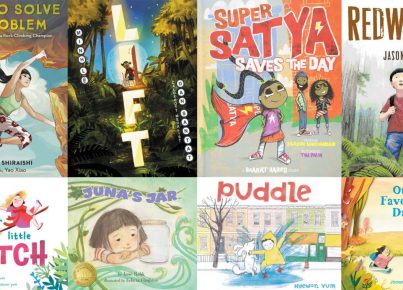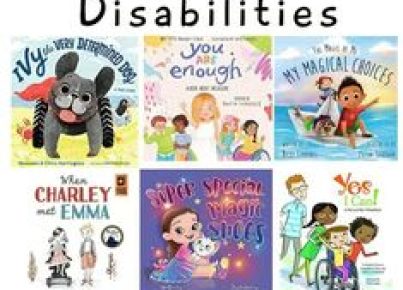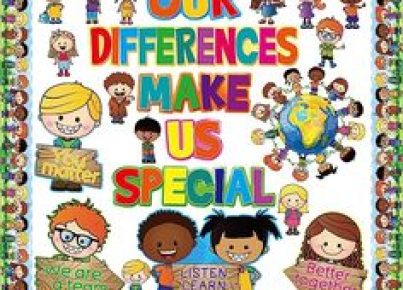Imagine it’s your first day of school. You are asked to fill out a questionnaire with information on your name, age, birthday, and race. Under race, there are boxes for White/Caucasian, African-American, Latinx, Biracial/Multiracial, and Other. If you are a child with a mother of African-American and Asian heritage and a Portuguese father, how do you know which box to check? And how does it feel to be classified as “other” according to your race, which may or may not fit into one of these arbitrary boxes?
In a world where race and ethnicity are becoming harder to fit into a neat little box, educators must support multiracial students. Here are a few ways that educators can actively support multiracial students and their families.
Don’t incorporate lesson plans or activities focused on physical characteristics
When playing games or dividing into groups, don’t tell students to separate or identify themselves based on physical characteristics, no matter how innocuous they may seem. For example, if playing a game of Simon Says, don’t say, “Simon Says all the students with curly hair rub their bellies!” This may seem harmless, but curly hair is an identifier of race for many people, and this can feel like something that makes students feel like they stand out negatively.
This doesn’t mean that students shouldn’t be discouraged from acknowledging differences in race and ethnicity or shy away from having conversations on these topics, but rather they should never feel any negative connotation or made to feel “different” for their physical characteristics.
Don’t label students
Don’t assume a student’s racial or ethnic background. For example, if a student appears white but checks multiracial/biracial on a questionnaire, don’t question them on it, publicly or privately. Or if a student of color has a white parent, don’t assume that the student is adopted.
Be aware of your own bias, and fight it
We all have prejudices and biases, whether we are aware of them or not. We form these prejudices based on personal experiences, stereotypes, what we see in the media, and more. Educators have a responsibility to their students to fight their prejudices, and the first step is to be aware of them, even if they are subconscious.
Some subconscious biases can seem harmless but still have detrimental effects. For example, a long-held stereotype is that all Asians are good at math. Now, imagine a high school math teacher with an Asian student in their class. If this student struggles with math, a biased teacher who subconsciously believes the stereotype all Asians are good at math may not give this student the attention they deserve and need, and this student’s learning may suffer.
Strive for equal representation in your classroom
Be aware of the messages you are sending your students through your classroom. If you hang posters, provide books, or play videos depicting only white children, this can alienate students of color and impede their ability to engage and learn. Make sure your classroom reflects the cultures and ethnicities of all your students.
As children seek to determine their racial identities, educators must support them by promoting positive self-image and creating a safe and inclusive environment. Multiracial students are particularly neglected since they are so underrepresented. By following the guidelines above, educators can make strides towards supporting multiracial students in the classroom.




